In the annals of history, the Medieval Period stands as a testament to the enduring human spirit, a time when knights in shining armor, courtly love, and epic quests captured the collective imagination. The relics and treasures of this bygone era serve as our time machines, transporting us back to an age of grandeur and chivalry.
In this article, we will embark on a captivating journey through history, delving into the Top 20 artifacts from the Medieval Period. These remarkable objects, ranging from legendary swords and illuminated manuscripts to crowns and tapestries, provide us with a tangible link to the past, offering a glimpse into the artistry, culture, and significance that defined the Medieval world.
1. Bayeux Tapestry
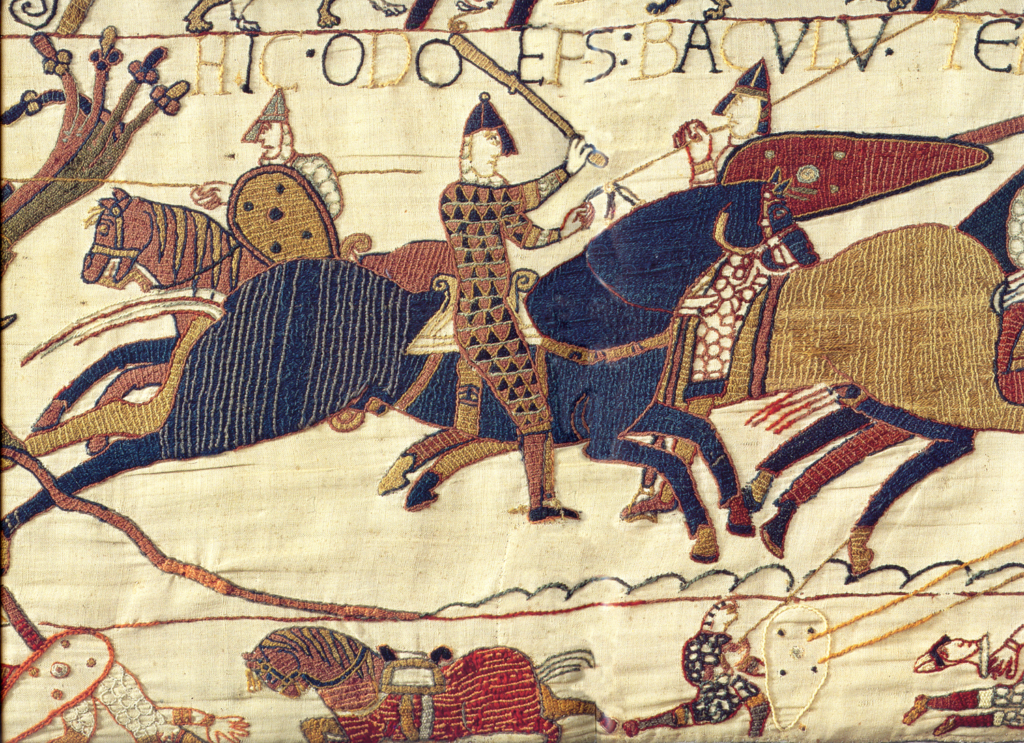
The Bayeux Tapestry, a masterpiece of embroidery measuring nearly 230 feet in length, is a vivid visual narrative of the Norman Conquest of England in 1066. It offers a unique historical account, depicting the events leading up to the Battle of Hastings. Created in the 11th century, it is a remarkable fusion of art and history, showcasing the artistic and storytelling talents of the time.
2. The Book of Kells
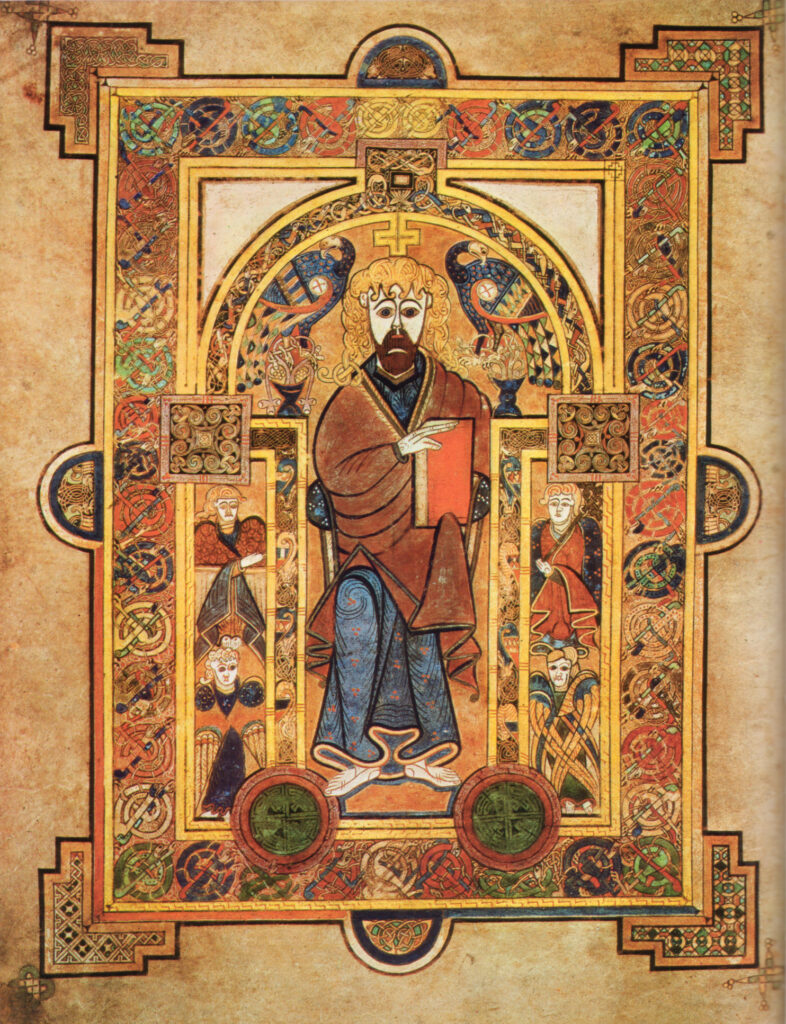
The Book of Kells is an illuminated manuscript that stands as a testament to the artistic and scholarly achievements of the Medieval Period. Created by Celtic monks around the 9th century, it is renowned for its intricate and colorful illustrations, which are intertwined with biblical texts. This book represents a treasure trove of early Christian art and culture.
3. Sutton Hoo Helmet
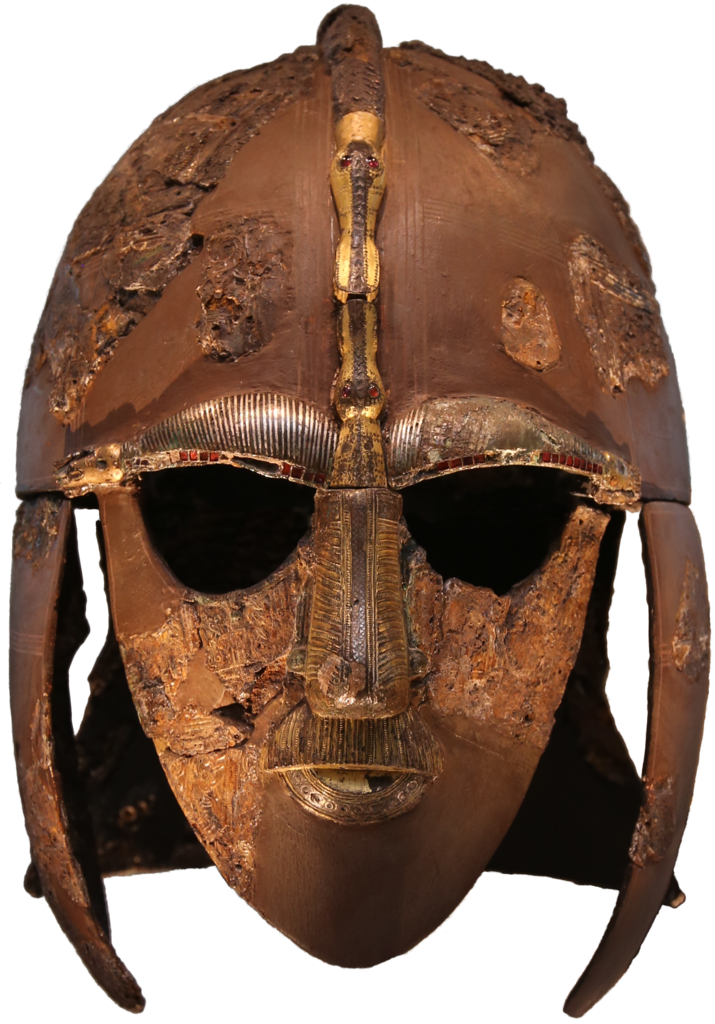
CC BY-SA 4.0 DEED
The Sutton Hoo Helmet is a remarkable archaeological find from an Anglo-Saxon burial site in England. This intricately designed helmet is not only a testament to the craftsmanship of the time but also provides insights into the cultural and military aspects of the early Medieval period. It showcases the intricate metalwork and warrior culture of the era.
4. The Magna Carta
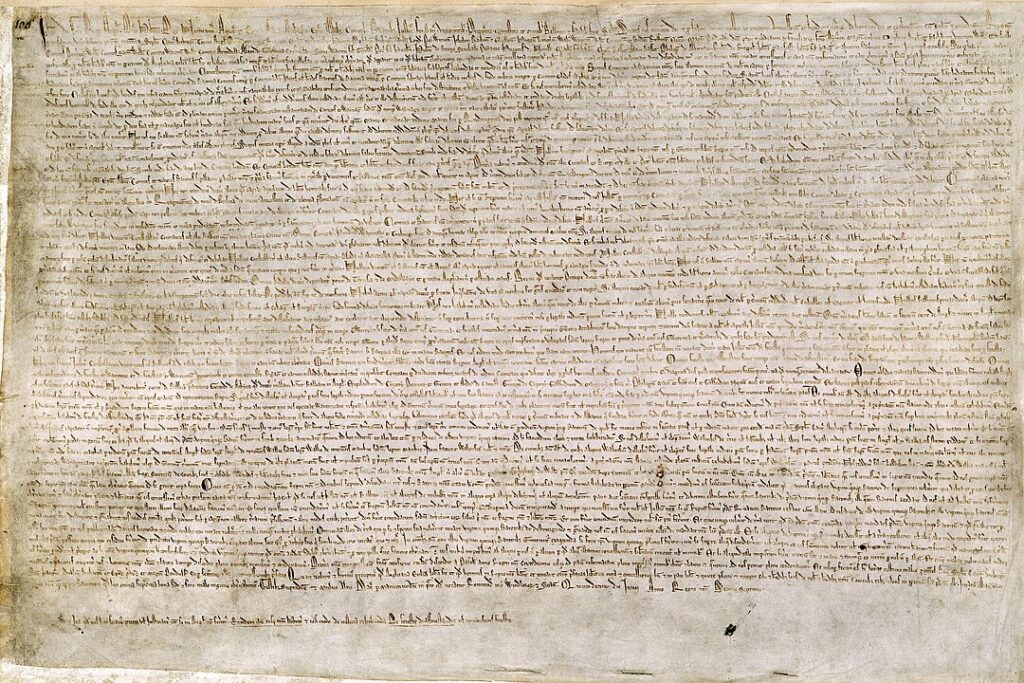
The Magna Carta, also known as the Great Charter, is a foundational legal document from 1215. It was a groundbreaking agreement between King John of England and his barons, which limited the monarch’s powers and established certain legal principles. It laid the groundwork for the development of constitutional law and individual rights, becoming a cornerstone in the evolution of modern democracy.
5. The Crown Jewels of England
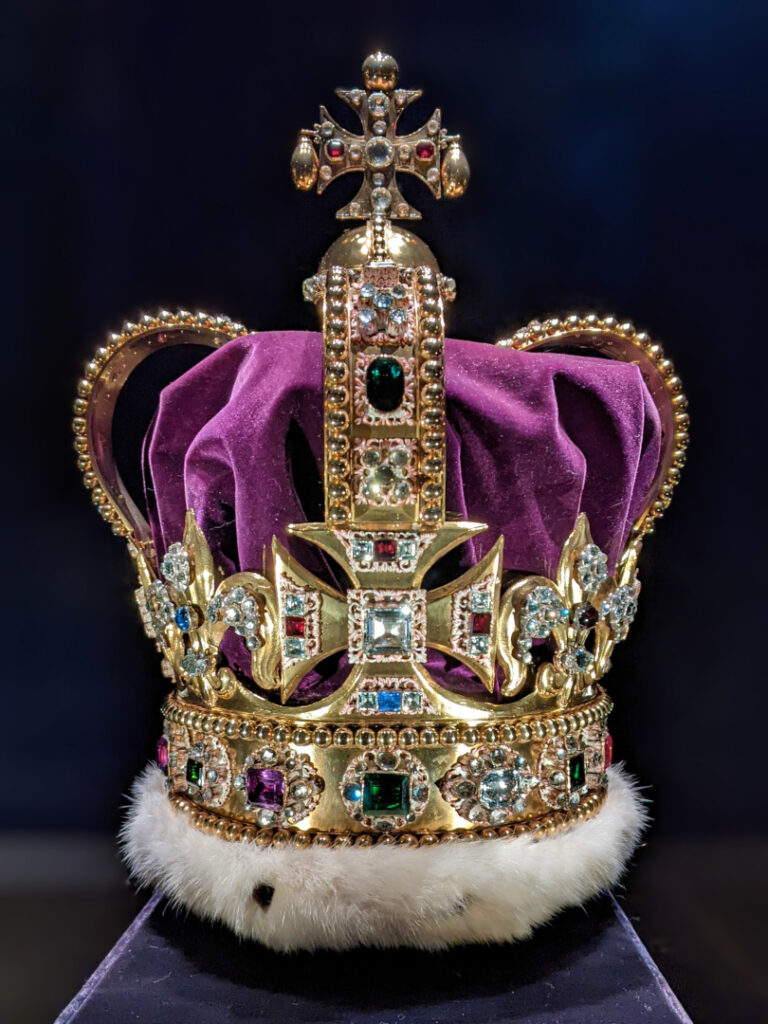
The Crown Jewels of England comprise a dazzling collection of regal ornaments, including crowns, scepters, and royal regalia. These symbols of monarchy have been used in coronation ceremonies for centuries and are not only exquisite examples of craftsmanship but also represent the enduring power and heritage of the British monarchy.
6. The Domesday Book
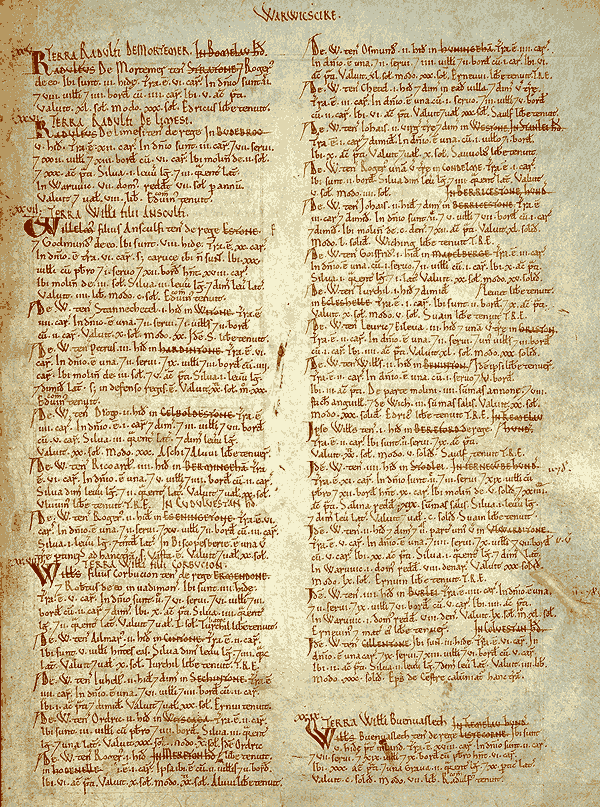
A Page from the Domesday Book
The Domesday Book, compiled in 1086 by order of William the Conqueror, is one of the most comprehensive and systematic surveys of land ownership and resources in medieval England. It offers invaluable insights into the social and economic structure of the time, serving as a historical record of great importance.
7. The Rosetta Stone
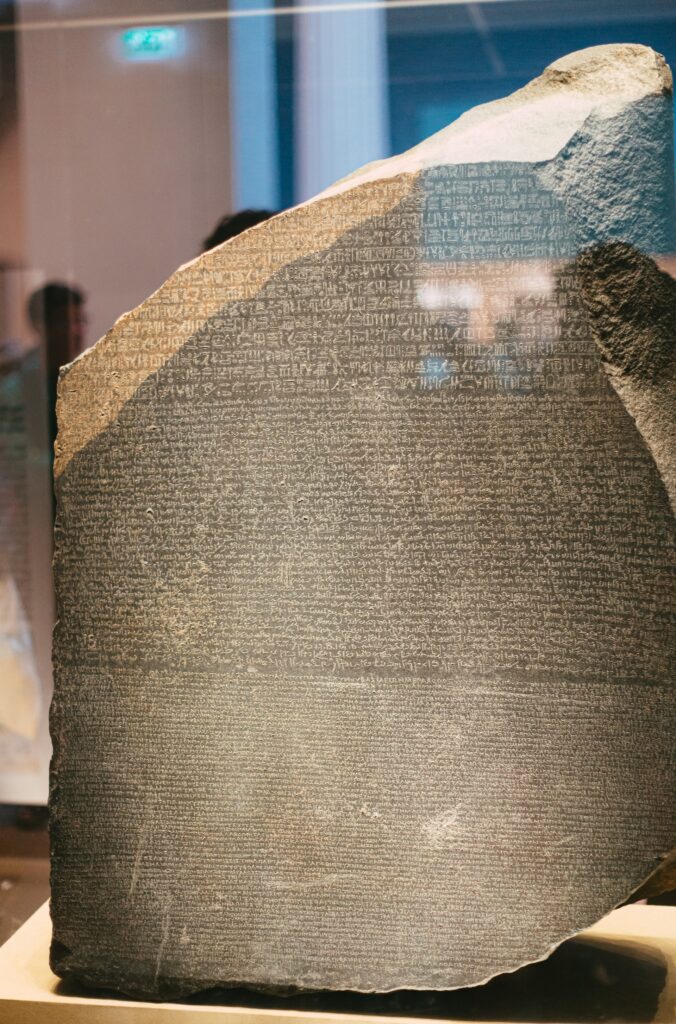
The Rosetta Stone, discovered in 1799 in Egypt, played a crucial role in deciphering ancient Egyptian hieroglyphs. Inscribed with the same text in three scripts—Greek, demotic, and hieroglyphic—it provided the key to understanding this ancient civilization’s language and history, making it a pivotal artifact for the study of Egyptology.
8. The Gutenberg Bible
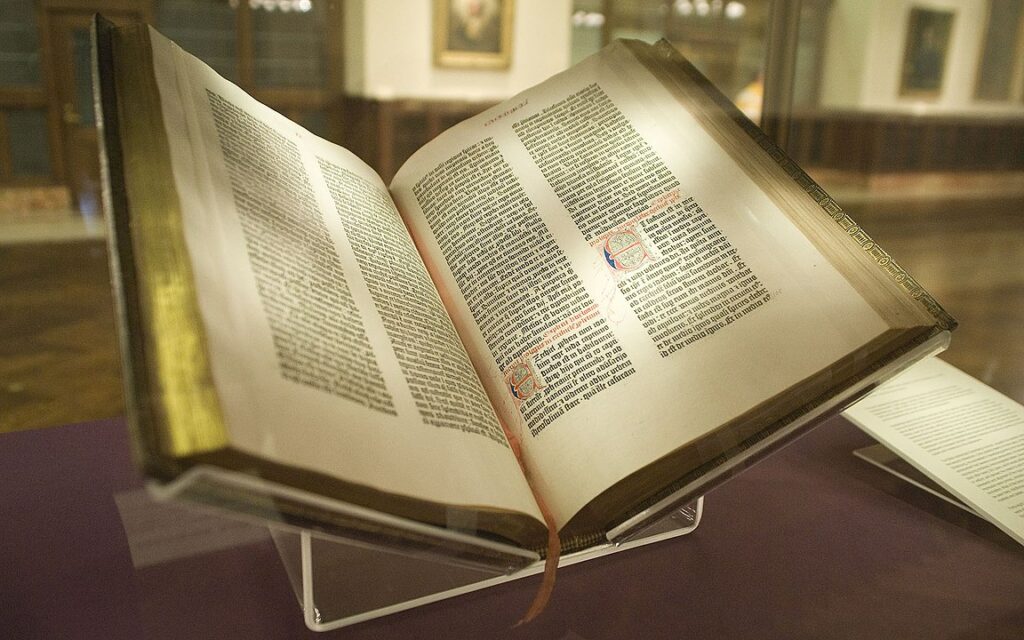
CC BY-SA 4.0 DEED
Johannes Gutenberg’s printing press revolutionized the dissemination of knowledge during the late Medieval Period. The Gutenberg Bible, printed around 1455, was one of the first major books produced with movable type. This innovation marked the dawn of the age of mass communication and had a profound impact on the spread of information and ideas.
9. The Bury St Edmunds Cross Or Cloisters Cross
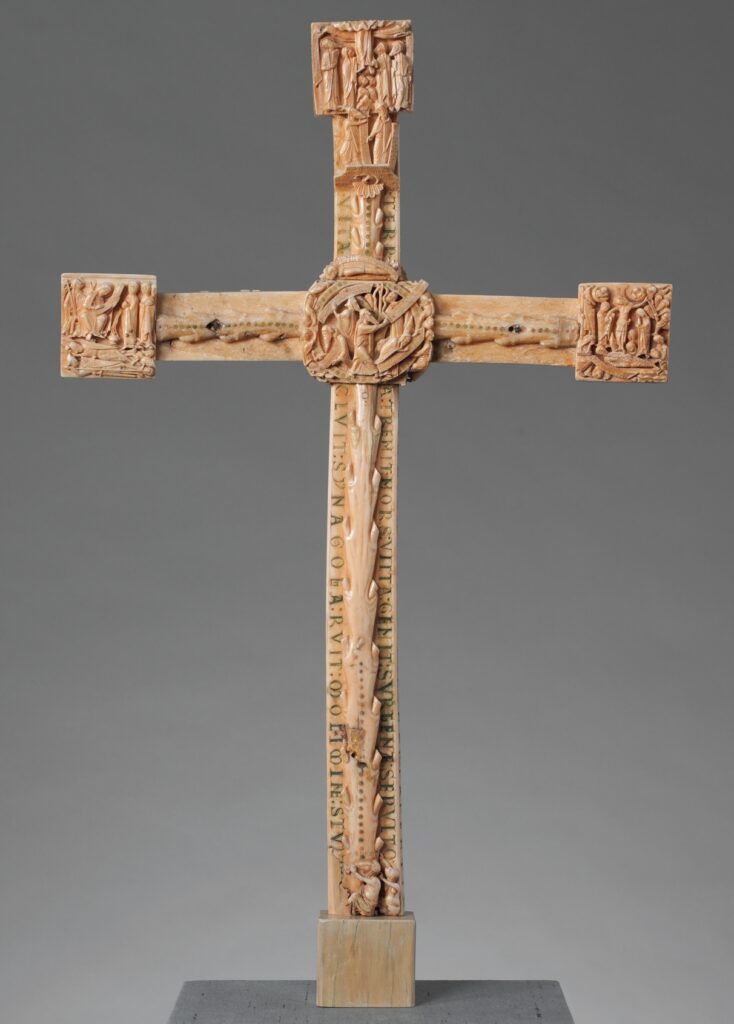
CC0 1.0 DEED
The Bury St Edmunds Cloisters Cross, also known as the Cloisters Cross, is a stunning example of medieval goldsmith work. Created in the late 12th century, it is a processional cross adorned with intricate enamel work and gemstones. This artifact reflects the religious fervor and craftsmanship of the time.
10. The Turin Shroud
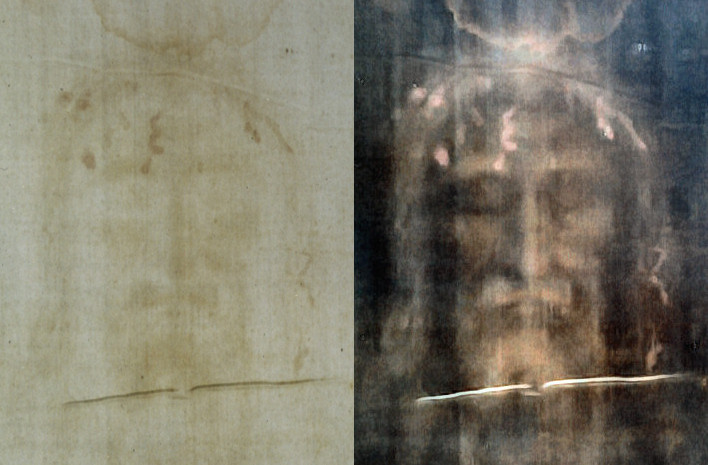
The Shroud of Turin: modern photo of the face, positive (left), and digitally processed image (right) | CC BY-SA 4.0 DEED
The Turin Shroud is a linen cloth bearing the faint image of a man who appears to have been crucified. It has been the subject of intense debate and speculation for centuries, with some believing it to be the burial cloth of Jesus Christ. The shroud’s authenticity continues to be a topic of fascination and study.
11. The Lindisfarne Gospels
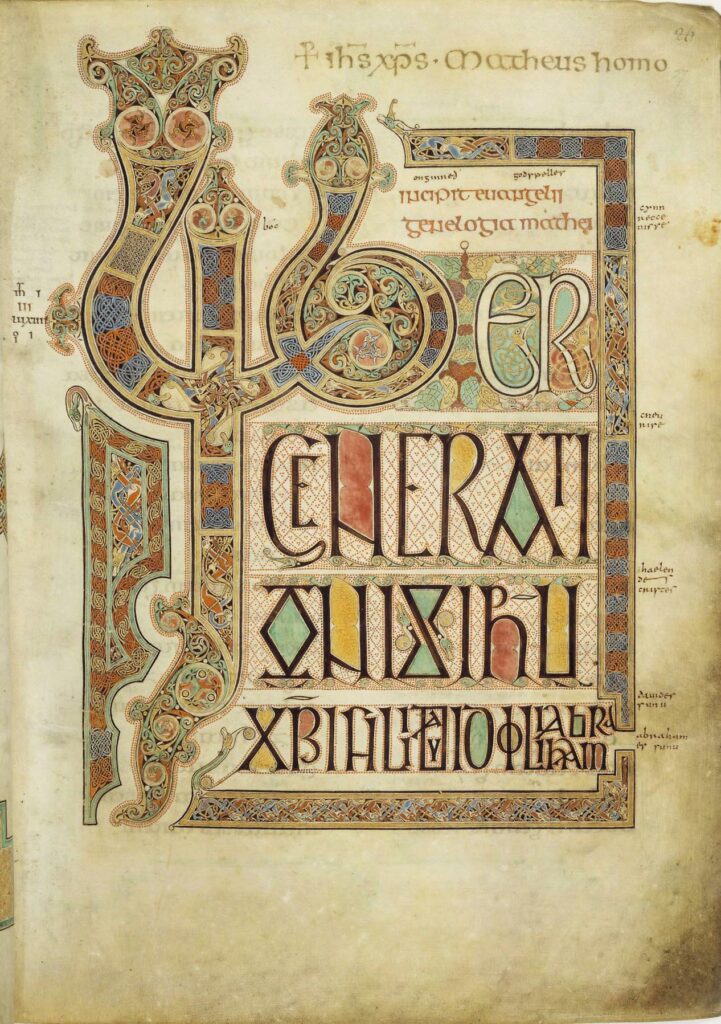
Folio 27r from the Lindisfarne Gospels
The Lindisfarne Gospels are a masterpiece of illuminated manuscripts created in the early 8th century, capturing the fusion of Celtic and Anglo-Saxon artistic traditions. They contain the four Gospels of the New Testament and are known for their intricate ornamentation, vivid colors, and intricate calligraphy. These gospels are both a work of art and a testament to the religious devotion of the time.
12. The Cluny Tapestries
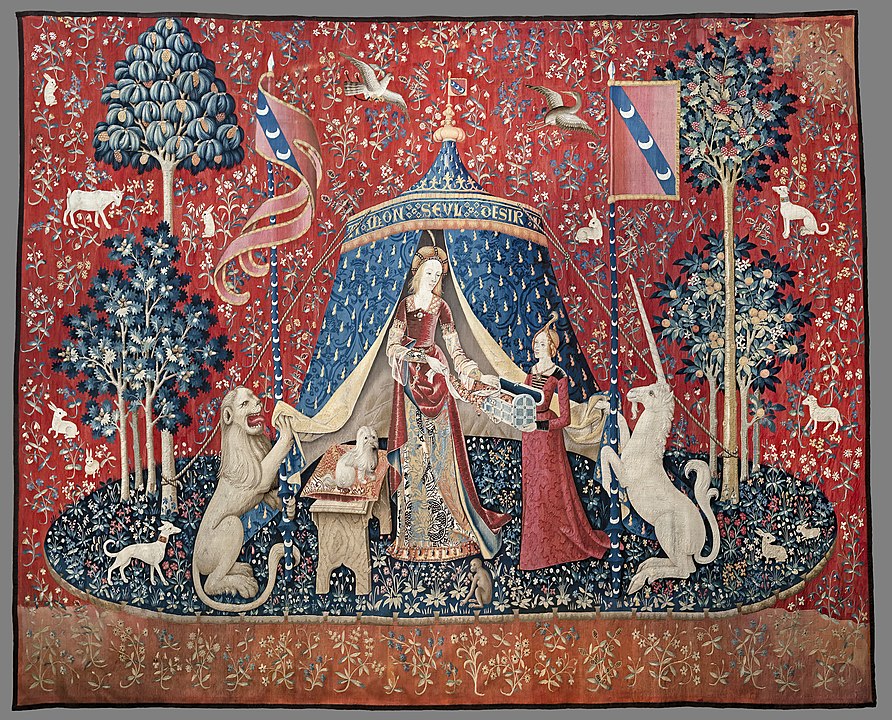
The Lady and the Unicorn
The Cluny Tapestries, also known as “The Lady and the Unicorn” tapestries, are a series of six famous medieval tapestries. Created in the late 15th century, they are celebrated for their exquisite artistry and enigmatic symbolism. These tapestries are considered some of the greatest works of art from the late medieval period.
13. The Elgin Marbles
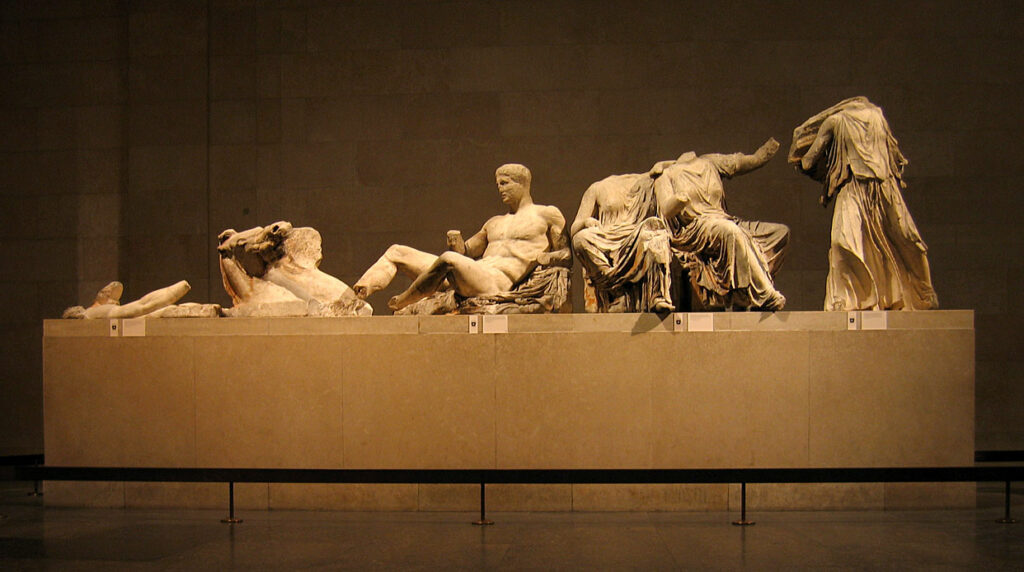
CC BY-SA 4.0 DEED
The Elgin Marbles are a collection of classical Greek marble sculptures and architectural pieces, which once adorned the Parthenon in Athens. Removed and transported to England in the early 19th century, they are now displayed in the British Museum. These marbles are a subject of ongoing debate and controversy regarding issues of cultural heritage and repatriation.
14. The Staffordshire Hoard
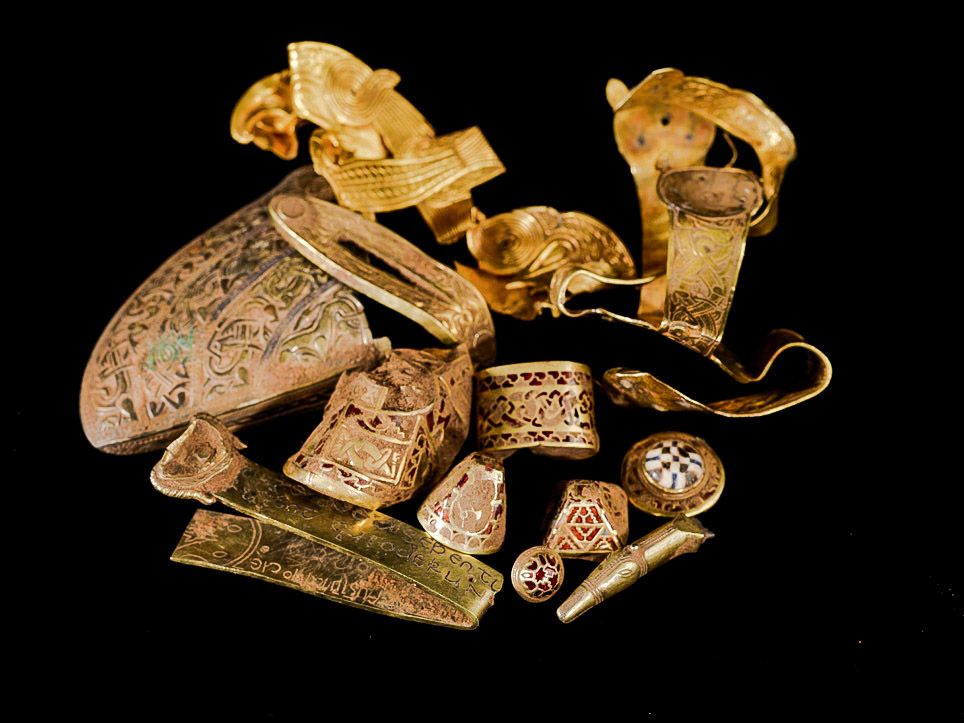
CC BY-SA 4.0 DEED
Discovered in 2009, the Staffordshire Hoard is the largest collection of Anglo-Saxon gold and silver metalwork ever found. This hoard includes intricately crafted objects such as sword fittings, helmets, and jewelry, shedding light on the artistry and craftsmanship of the Anglo-Saxons in the 7th century.
15. The Crown of Bolesław I the Brave
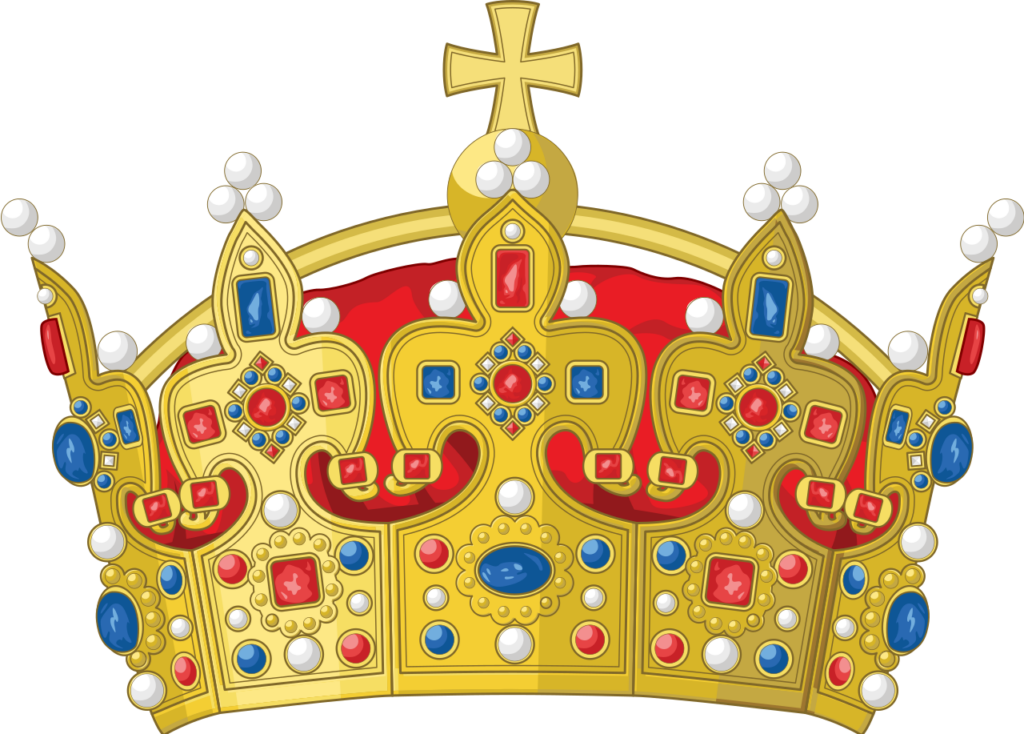
CC BY-SA 4.0 DEED
The Crown of Bolesław I the Brave, also known as the Polish Crown, is a symbol of Poland’s early monarchy. Made in the 11th century, it is one of the few surviving examples of a medieval European royal crown. This artifact signifies the early history of the Polish state and its monarchy.
16. The Winchester Psalter
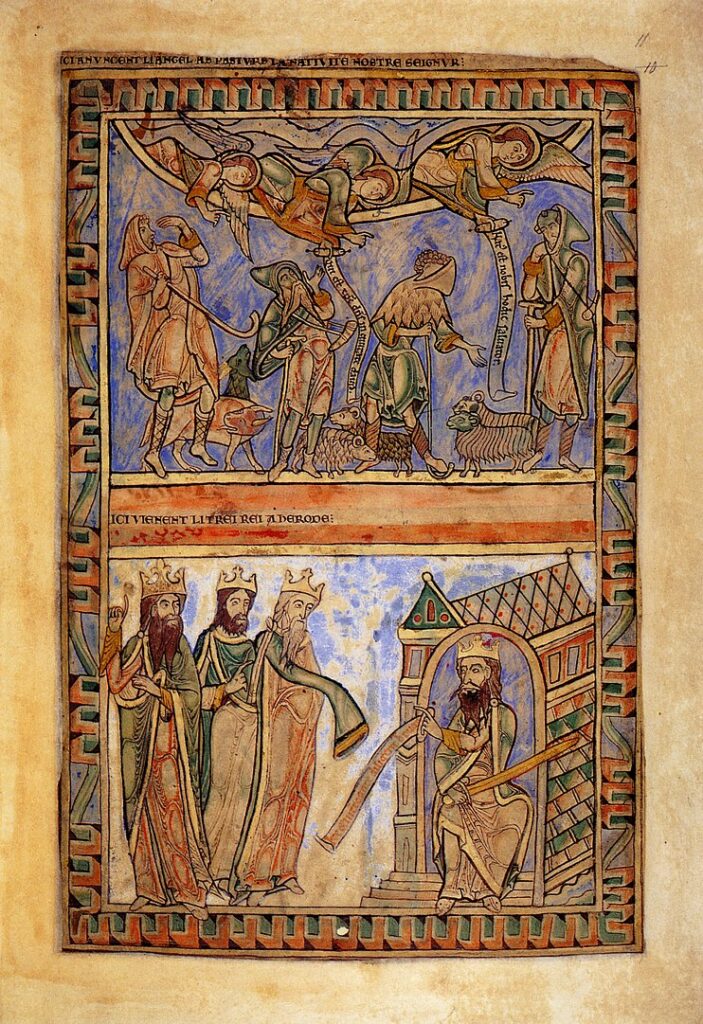
The Winchester Psalter is a beautifully illuminated manuscript created in the 12th century. It contains the Book of Psalms and is renowned for its intricate illustrations. This psalter is a prime example of medieval book art, showcasing the skills of scribes and illuminators of the time.
17. The Crown of Saint Wenceslas
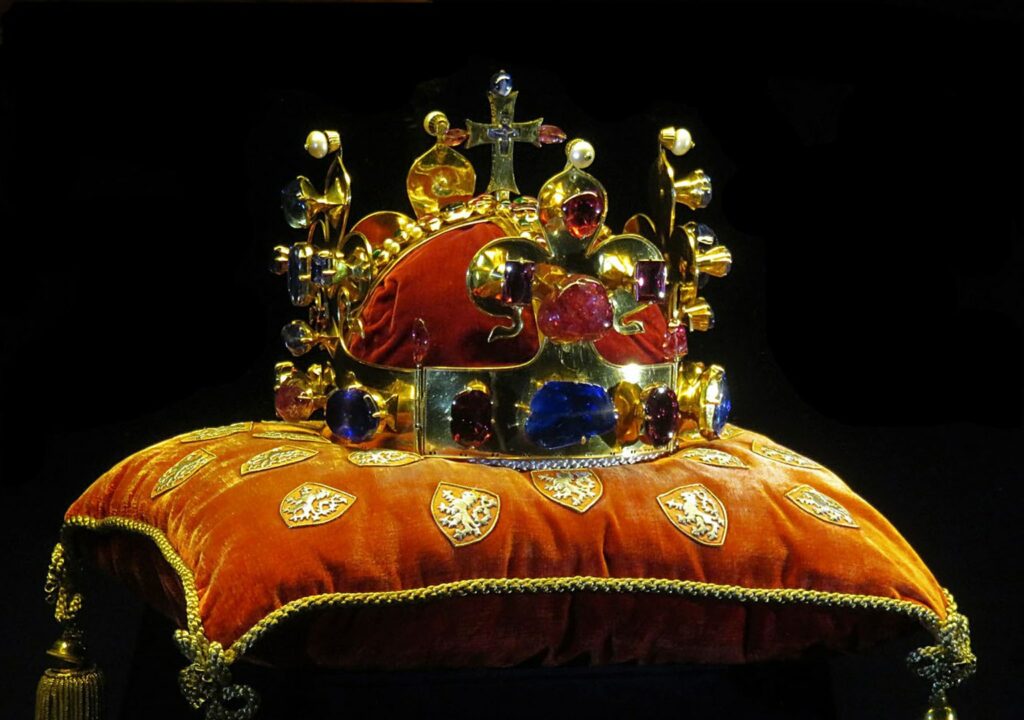
CC BY-SA 4.0 DEED
The Crown of Saint Wenceslas, or the Crown of the Bohemian Kingdom, is a sacred relic and symbol of the Czech monarchy. It is associated with Saint Wenceslas, the patron saint of Bohemia, and has been used in the coronation of Bohemian kings. This crown holds deep religious and historical significance.
18. The Lewis Chessmen
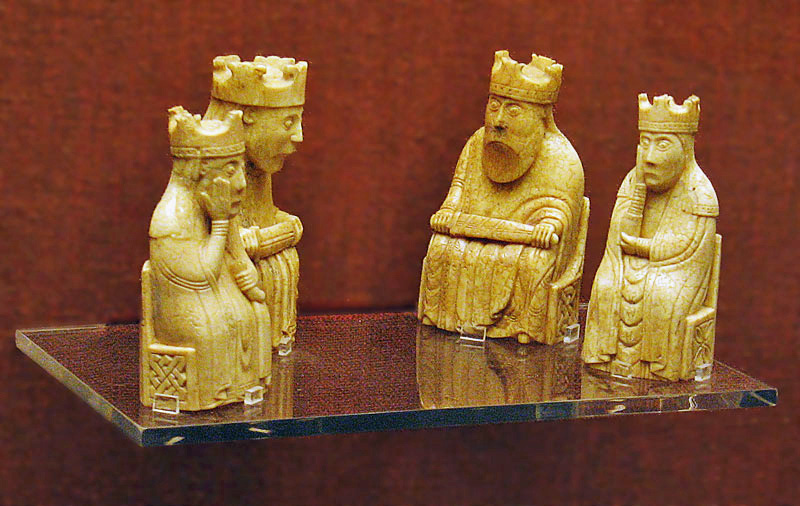
CC BY-SA 4.0 DEED
The Lewis Chessmen are a group of small, elaborately carved chess pieces dating back to the 12th century. Discovered in the Isle of Lewis, Scotland, these chessmen represent some of the finest examples of medieval chess piece craftsmanship, providing insights into the leisure activities of the time.
19. The Pala d’Oro
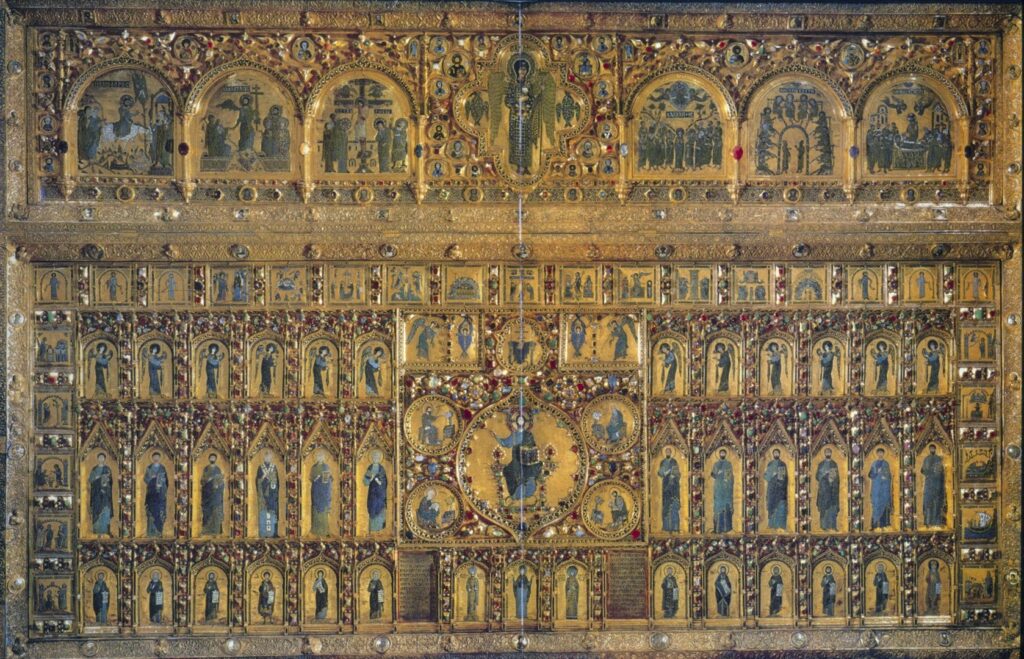
CC BY-SA 4.0 DEED
The Pala d’Oro is a stunning golden altarpiece located in St. Mark’s Basilica in Venice. Created over several centuries, it is adorned with thousands of precious gems and intricate enamelwork. This magnificent piece of religious art is a testament to the wealth and artistic splendor of medieval Venice.
20. The Royal Gold Cup
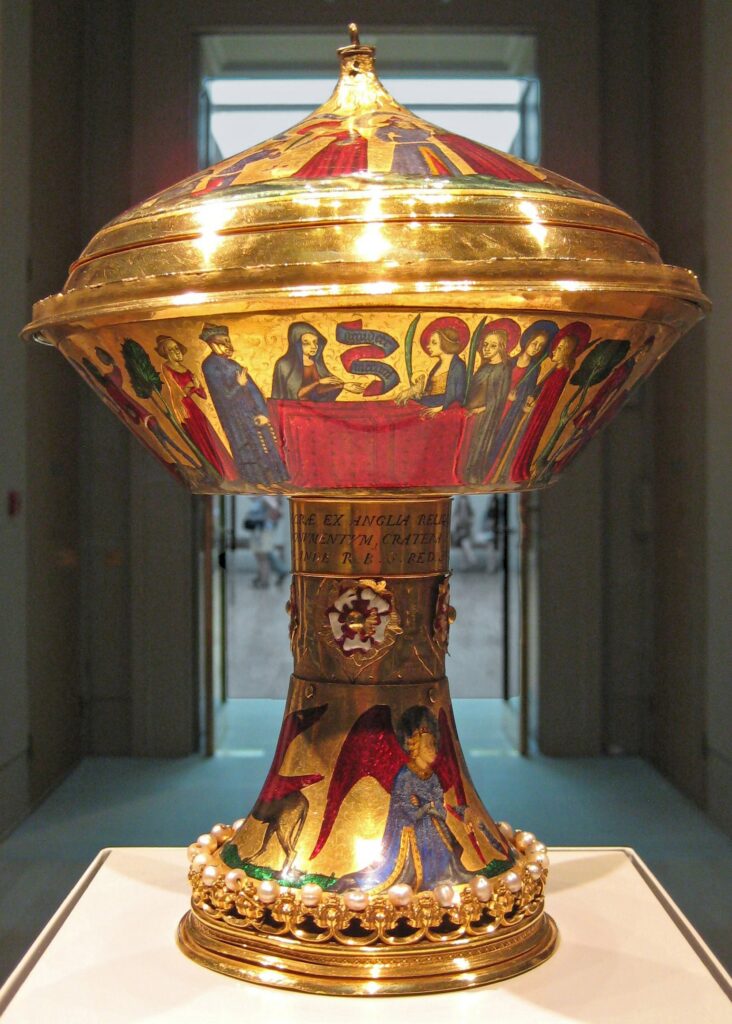
CC0 1.0 DEED
The Royal Gold Cup, also known as the Saint Agnes Cup, is a medieval masterpiece made of gold and decorated with exquisite enamel and gems. It was created in the 14th century and is associated with the French royal court. This cup is a prime example of the opulence and craftsmanship of the Late Middle Ages.
Conclusion
In conclusion, the Medieval Period has left an indelible mark on human history, and its legacy can be vividly witnessed through the remarkable artifacts that have endured the test of time. These artifacts from the Medieval Period serve as windows into a world filled with chivalry, artistry, and profound cultural significance.
From the Bayeux Tapestry’s narrative mastery to the mystique of Excalibur, from the enduring wisdom of the Book of Kells to the enduring symbols of chivalry in the Lewis Chessmen, each of these treasures unveils a unique chapter of our collective past.
These artifacts not only reflect the craftsmanship of the time but also the values, beliefs, and aspirations of the people who created and revered them. Exploring these relics of a bygone era provides us with an opportunity to connect with the Medieval Period’s rich tapestry of human experience and, in doing so, helps us appreciate the enduring influence it continues to exert on our modern world.